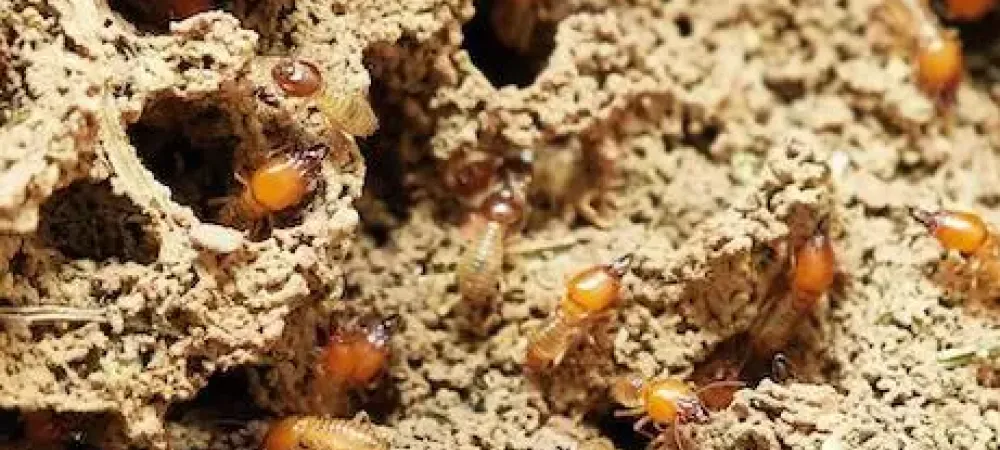Guide to Subterranean Termites

Of all the pests that can cause problems for you and your home, termites cause the costliest and most extreme damage. These highly destructive creatures can consume a home’s wooden elements from the inside without the homeowner even realizing there is a problem. Regular termite inspections are an important part of home maintenance in this part of the country.
To help preserve the quality and integrity of your home, there are some questions you should be able to answer on this topic:
What are Subterranean Termites?
As the name suggests, Subterranean Termites live underground, forming massive colonies which consume wood and convert it to fuel. Constantly searching for new sources of food, they sometimes target wooden structures such as those found in the home and commercial construction. Residential and commercial structures offer vast supplies of food to support a colony’s growth. The total number of individuals in a colony of subterranean termites may be more than a million termites, so you can imagine just how much damage a subterranean termite colony can cause.
What are the signs of Termites?
Subterranean Termites travel from their colony to your home through “shelter tubes”, also known as “mud tubes”. These shelter tubes may be visible on any surface near the ground, such as slabs, foundation walls, floor framing, etc. Finding these tubes is an indication that subterranean termites have been or are currently present. They indicate at the very least that a professional inspection is necessary.
Signs of termite activity also include visual identification. While you might never see a queen, you might very well see other termites such as workers or swarmers. Workers are small, white insects that are blind and very sensitive to heat, cold, and dry air. Workers are responsible for building the mud tubes. Swarmers, or winged termites, are reproductive termites; their purpose is to leave the colony and start a new colony in another area. Seeing workers or swarmers is a definite sign of termite activity in your immediate vicinity. If you see either of these signs, do not wait! Call us for a termite inspection immediately!
Flying Ants are often confused with Subterranean Termites. Here are some helpful tips to help you tell them apart:
- Termites have a thick waist and ants have a narrow waist.
- Termites have straight antennae and ants have elbowed antennae.
- Termites have four wings that are all equal in length.
- Flying Ants also have four wings. However, two are larger and two are smaller.
If you see insects that might be termites, please be prudent and call the pros for an inspection. Peace of mind and the safety of your home are essential!

